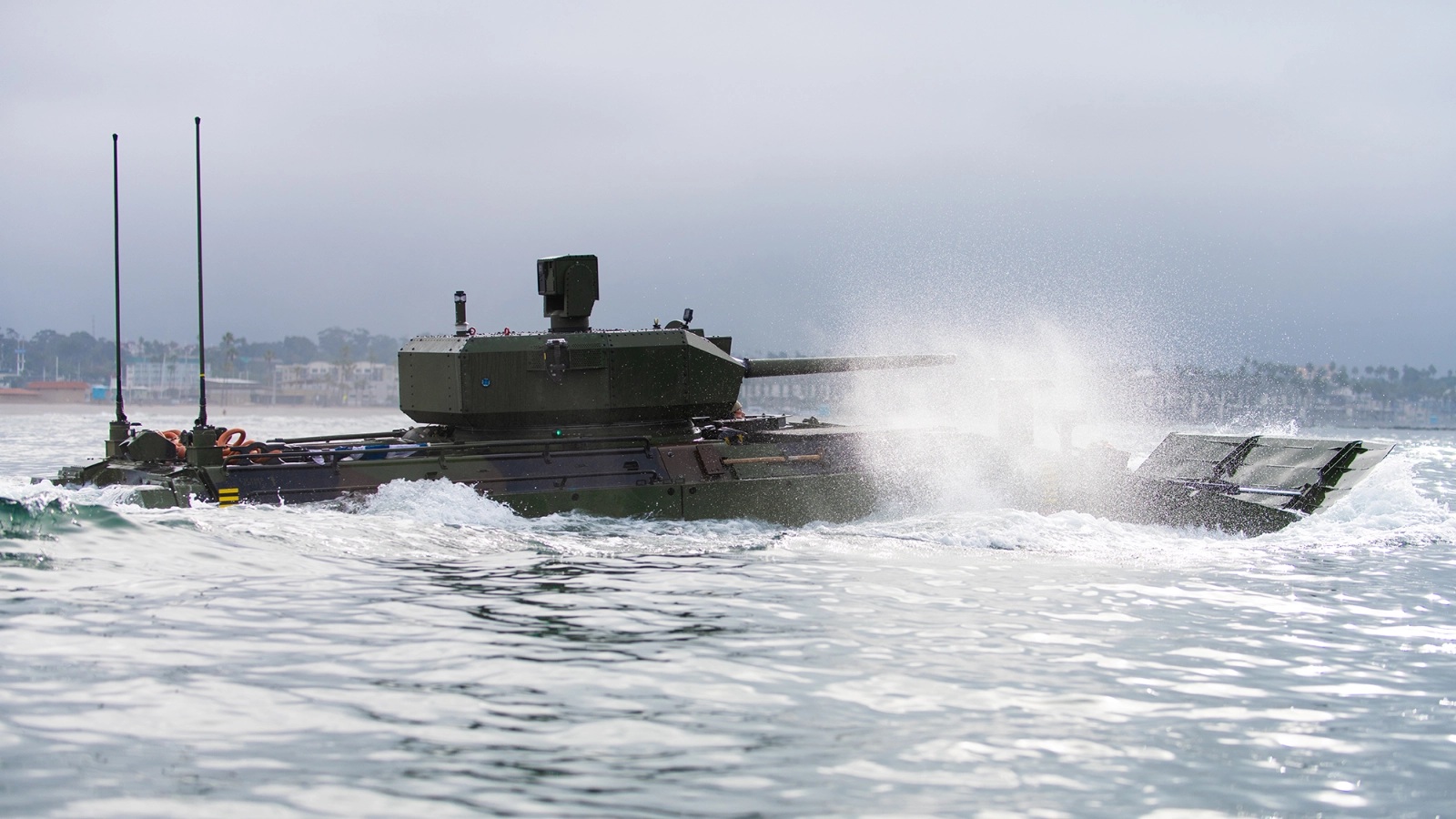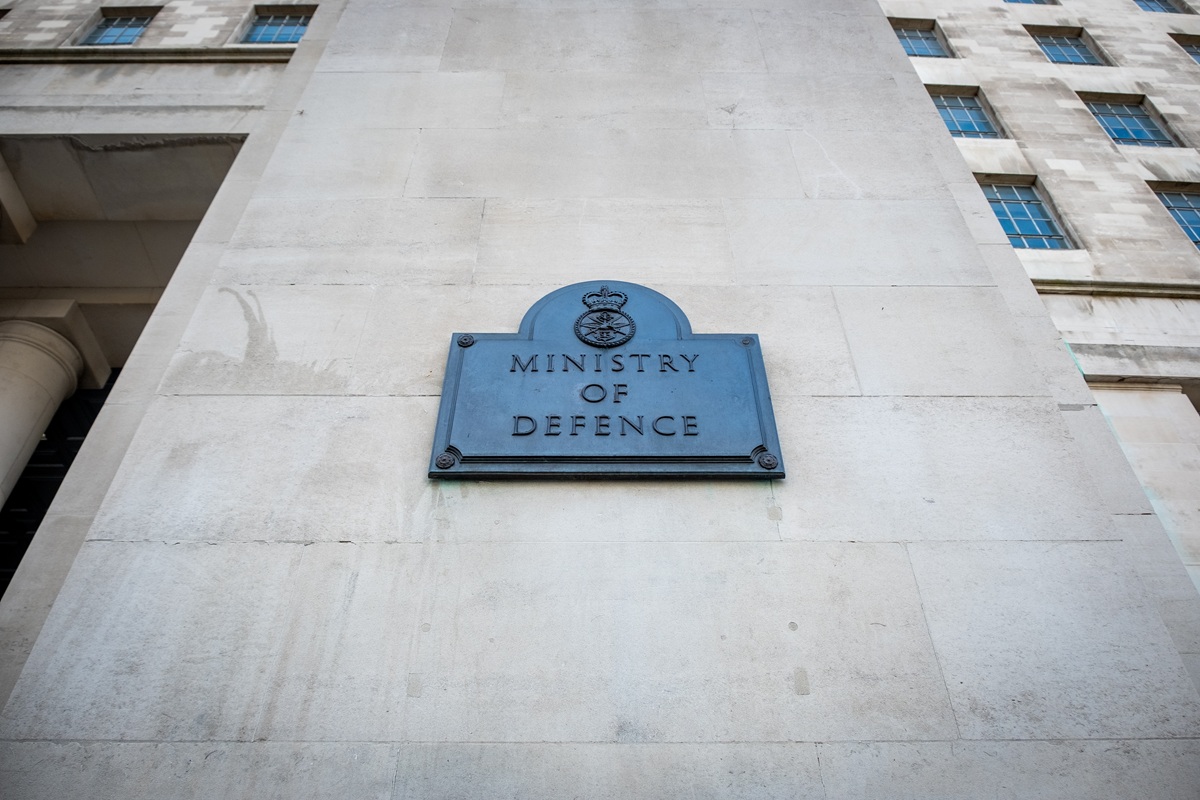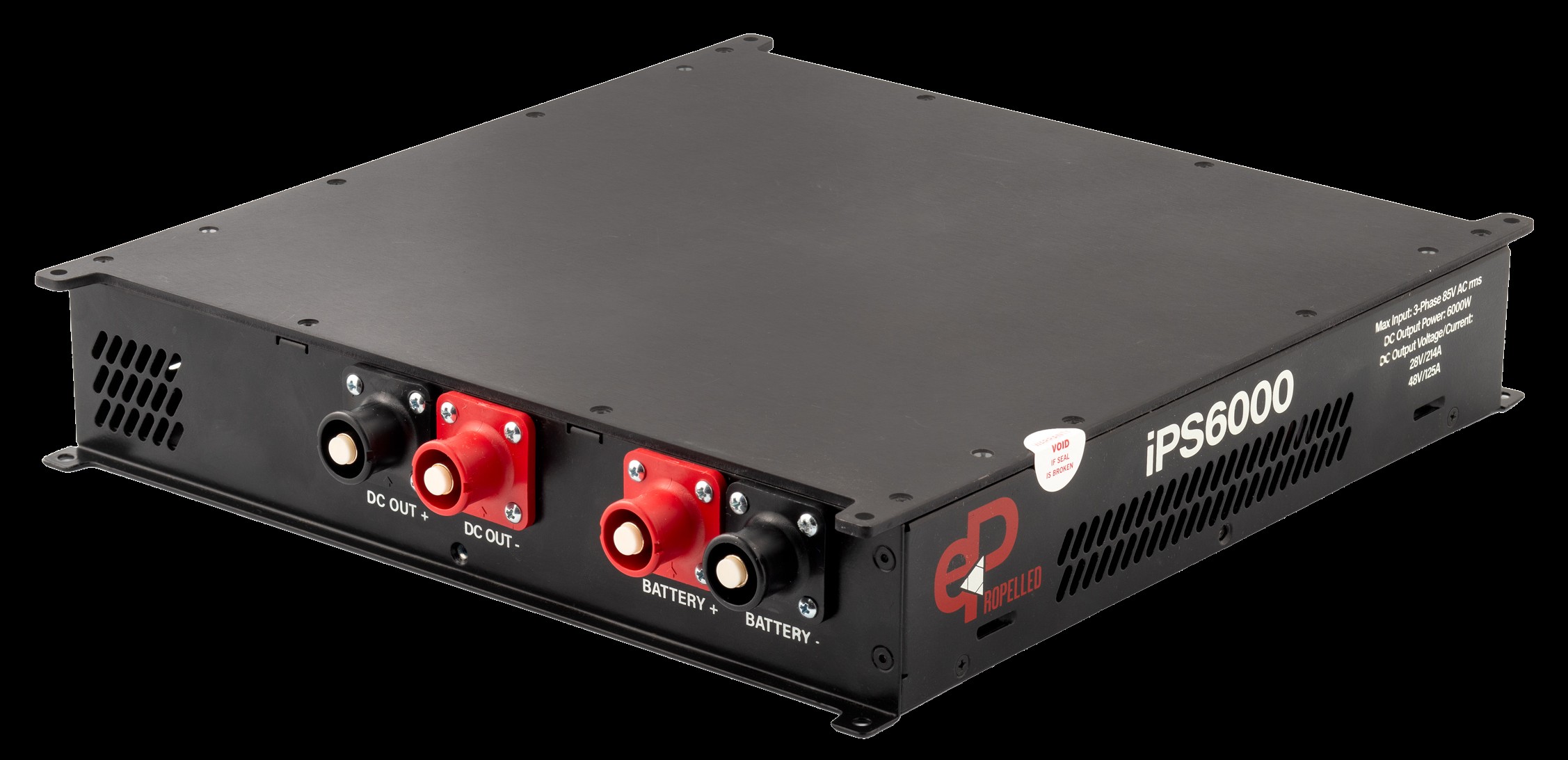British Army experiments with AR command and control
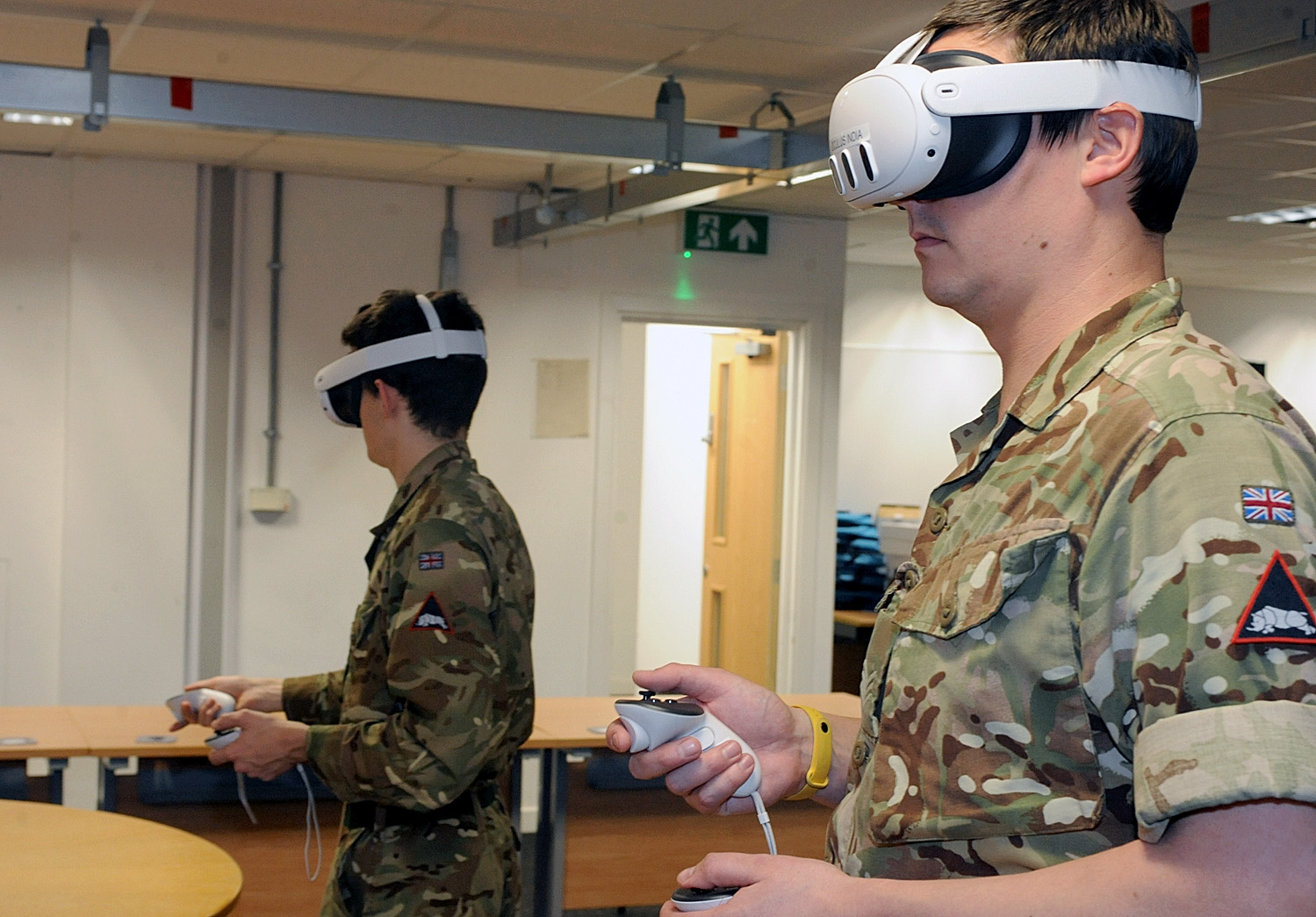
Above: Troops from HQ 1 (UK) Divisional Headquarters using the augmented reality communications suite to communicate with their dispersed forward tactical command post in Latvia.
Courtesy British Army
In July 2024, 1st (United Kingdom) Division (1 (UK) Div) will take up the reigns as the first two-star command headquarters for the land component of the recently formed NATO Allied Response Force.
This new force will provide the Supreme Allied Commander Europe (SACEUR) with a strategic reserve held at high readiness able to deploy rapidly across Europe should any adversary wish to go toe to toe.
As you would expect, being in the vanguard (an area not unfamiliar to the Division), of heading up this all-new role, the divisional headquarters (HQ) put themselves under the scrutiny of the Land Warfare Centre.
For two weeks the HQ endured intense testing and evaluation under Exercise Land Warrior to prove to itself and get the British Army’s validation that the Division is operationally deployable.
As daunting as that may sound - and continuing with that vanguard theme - the headquarters became the first divisional HQ to experiment with conducting such a validation exam whilst dispersed across several locations.
HQ Main and a supporting element operated at opposite ends of the country with a forward command post, including the General Officer Commanding and Tactical HQ deployed to Riga in Latvia.
Building on lessons learned from both sides in the Ukrainian conflict, to have all your senior commanders together in one location provides an all too juicy a target which could be taken out with a single strike, be that a missile, air strike or drone. There are also other significant benefits, not least of all the associated environmental impact of transporting so many people unnecessarily.
HQ 1 (UK) Div entered Ex Land Warrior with its Commander, Major General Tom Bateman deployed forward with the tactical command post in Latvia, the area of operation for the purpose of the exercise.
An additional element was sent to Andover in Hampshire to work in conjunction with HQ Field Army’s Land Operations Command. That left the HQ’s main body headed up by the Division’s Deputy Commander, Brigadier General Armel Dirou (right), an exchange officer from France’s Armée de Terre, operating from its base back in York.
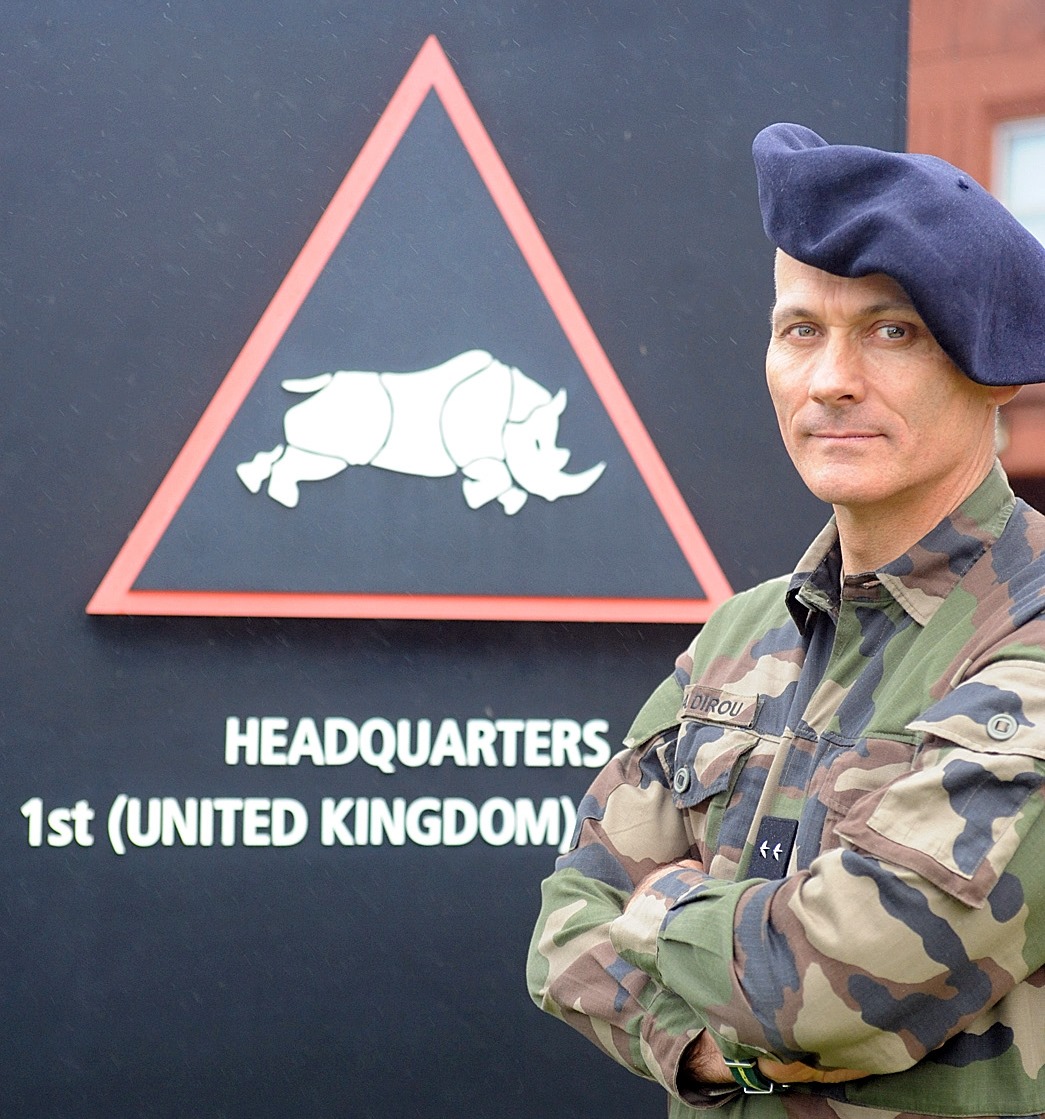 Brigadier General Armel explained about the challenges and complexities of pioneering such a new concept: “If tomorrow we went on operational deployment and faced a symmetric enemy this very big HQ would have to find the solution to be more agile, more mobile and more resilient.”
Brigadier General Armel explained about the challenges and complexities of pioneering such a new concept: “If tomorrow we went on operational deployment and faced a symmetric enemy this very big HQ would have to find the solution to be more agile, more mobile and more resilient.”
Speaking of the dispersed headquarters, he said: “It is not easy because this is the first time, we are testing this new way of operations, this is a stress test and we have to manage the planning process. The information sharing between forward and main is crucial and we are facing the challenge of maintaining those liaisons to be sure that information is well shared.
“Wherever we are located we need to share the exact vision and understanding on what we have to do and what we are doing and facing. If this does not happen all the planning processes, we are conducting would be useless, because if we plan and prepare orders that do not match the reality faced on the field by the forward deployed troop, we wouldn’t be able to execute and to allow our subordinate units to achieve their aim.”
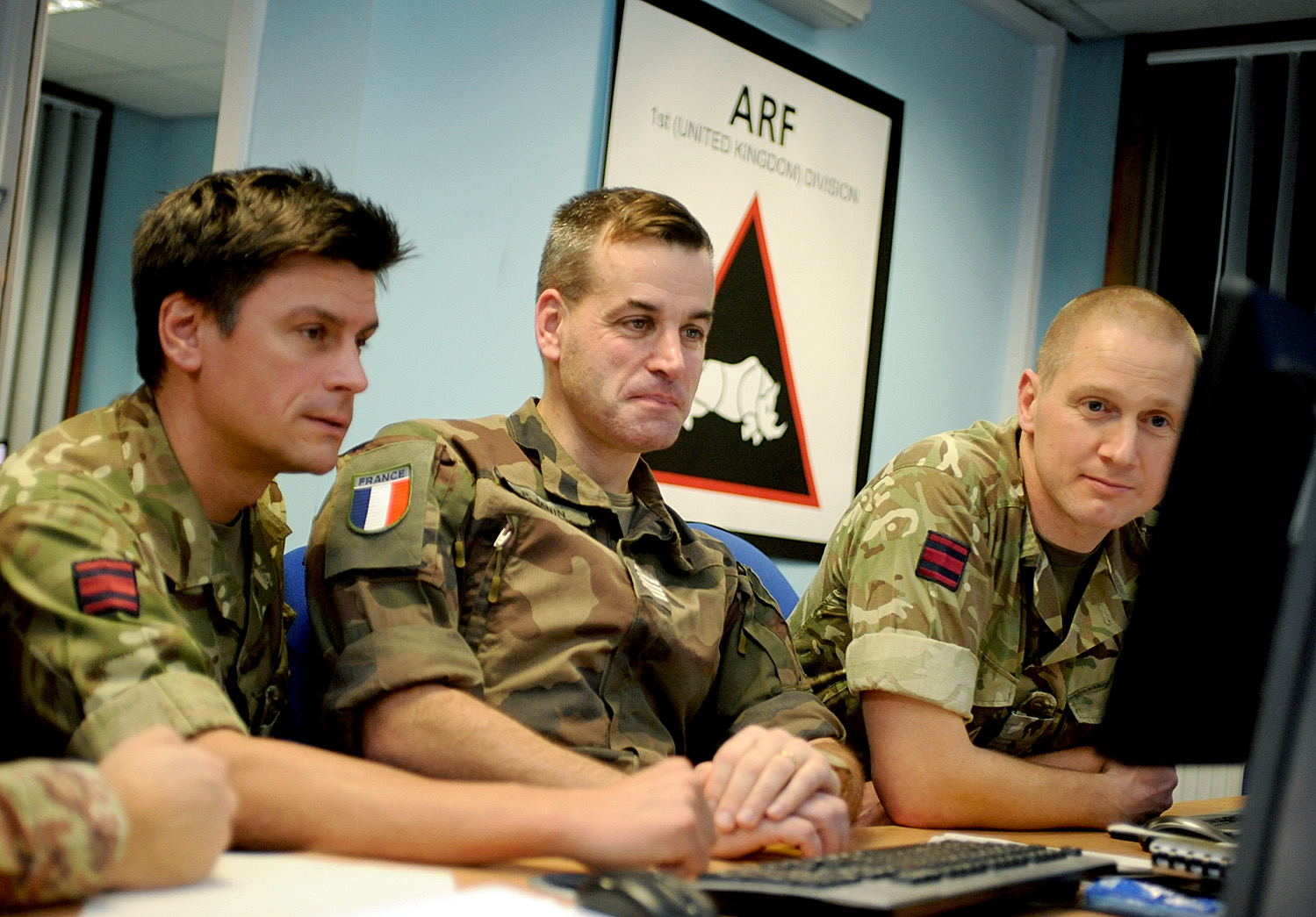
Above: French soldiers integrated into the 1 (UK) Divisional headquarters work together during Exercise Land Warrior.
Courtesy British Army
Information sharing is critical between the separated command elements. Brig Gen Armel said: “We are doing this through technology, however, the X-factor in interoperability between all these pieces of the command structure is the human interface. This is why it is crucial to have a very strong shared knowledge between each other based on mutual trust.”
It was the cutting-edge technology of augmented reality that 1 (UK) Div turned to, enabling it to effectively stitch together its dispersed command structure and allow personnel to speak and act as one.
So, what is augmented reality (AR)? It is an enhanced, interactive version of a real-world environment achieved through digital visual elements, sounds and other sensory stimuli via holographic technology, whereas virtual reality (VR) is a wholly computer-generated artificial environment.
To put it simply, AR supplements a live view with digital enhancements whereas VR is a completely artificial representation.
Troops from all their various locations donned goggles and picked up hand controllers to interact and see in real time the exercise scenario unfold and the effects of decisions made hundreds of miles away take shape.
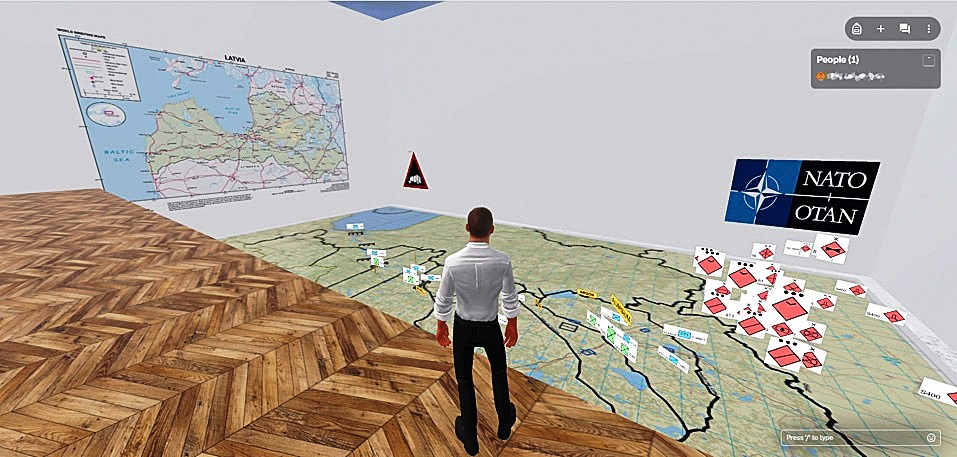
Above: The view of the operations room seen through the googles of the AR comms system.
Courtesy British Army
Charged with implementing the AR communications plan was Major Ian Smith (real name withheld) who said: “The HQ realised it needed a new tool to effectively enable command and control. What it was specifically looking for was how it would conduct a rehearsal of concept drill. This is part of the planning process for the staff to read back to the Commander what their part in the plan is and to ensure him that all his subordinates know where they are supposed to be and at what time.
“Normally that is done at a centralised location where all the commanding officers are brought together on a massive model made on the floor in a hangar or out in the field somewhere with chalk and moss and all the traditional ingredients; with the dispersed HQ concept that isn’t really viable.
“Using AR has allowed us to be more agile, it has not been without its teething problems but we have resilience built into the system, with secondary and tertiary communications means at our disposal if needed to call on, albeit far less immersive.”
AR has certainly brought a new dimension to this means of command and control as Major Smith pointed out: “There’s a certain theatrical element to all of this, the General being able to virtually eyeball someone whilst saying I’m not happy and I’m going to change that and I want you to do this differently. You could get the same outputs through Teams or a Skype call but it doesn’t give the human element of being able to look at someone.
“Each of the avatars can have that person’s face attached to it. At the moment the General’s avatar is someone wearing an orange baseball cap which makes him instantly identifiable, so everyone knows that is the General over there when they are looking through their goggles.
The augmented reality system used on Exercise Land Warrior is very much in its infancy. It is an off-the-shelf commercial product that will need to have the MoD’s cyber security boffins interrogate it and have it accredited to meet the required security aspects ensuring any adversaries cannot enter the room or look in on it by technical means without their presence being known.
It is precisely this type of technological innovation that is driving the ‘How we fight 2026’ model, smaller dispersed headquarter formations stealthily operating in the terrain with a much-reduced electromagnetic spectrum to conceal.








